IT’S EASY TO WIN WHEN THE ENEMY DOESN’T KNOW THERE’S A WAR
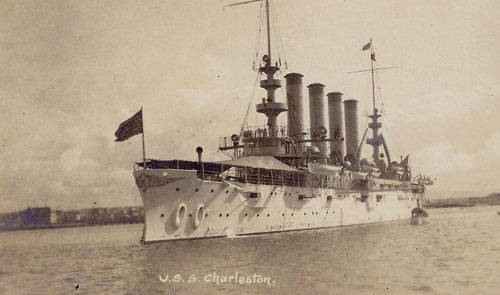 Admit it: you’ve never stopped to wonder how the United States gained the Pacific island of Guam, have you? There’s no reason to. It doesn’t come up in dinner party conversations. And they certainly didn’t teach it in school.
Admit it: you’ve never stopped to wonder how the United States gained the Pacific island of Guam, have you? There’s no reason to. It doesn’t come up in dinner party conversations. And they certainly didn’t teach it in school.
Guam wasn’t seized in some great battle or handed over through diplomatic negotiation. The reason we acquired it was simple: bureaucratic bungling. As they said in the movie Cool Hand Luke, “What we have here is failure to communicate.” Here’s how it went down.
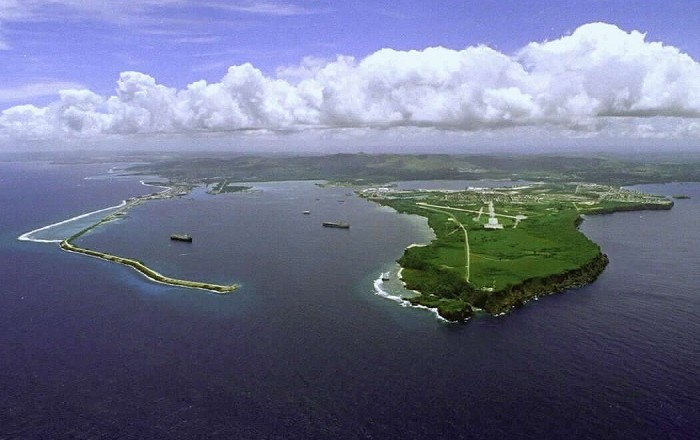 Barely 210 square miles, tiny Guam is located in the western Pacific. There’s nothing special about the island. It was merely a handy spot for sailing ships to stop on their way to distant places such as China.
Barely 210 square miles, tiny Guam is located in the western Pacific. There’s nothing special about the island. It was merely a handy spot for sailing ships to stop on their way to distant places such as China.
Spain claimed the place in the 1660s and it remained a remote outpost of that far-flung empire for nearly 250 years.
Until the Spanish-American War.
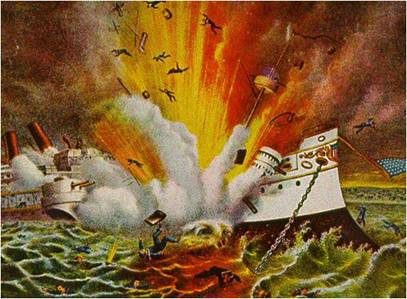 After the battleship USS Maine exploded amid shady circumstances in Havana Harbor in early 1898, Congress declared war on the crumbling Spanish Empire on April 21. Places like Cuba, Puerto Rico and the Philippines became American possessions following fierce battles at San Juan Hill and Manila Bay.
After the battleship USS Maine exploded amid shady circumstances in Havana Harbor in early 1898, Congress declared war on the crumbling Spanish Empire on April 21. Places like Cuba, Puerto Rico and the Philippines became American possessions following fierce battles at San Juan Hill and Manila Bay.
Since we were gobbling up so much Spanish territory, the brass in Washington decided grabbing Guam was a wise move. The Navy’s role was vastly expanding in the Pacific and it would make a nifty coaling station. (Steam ships used plenty of coal and often needed to pick up an additional supply en route.)
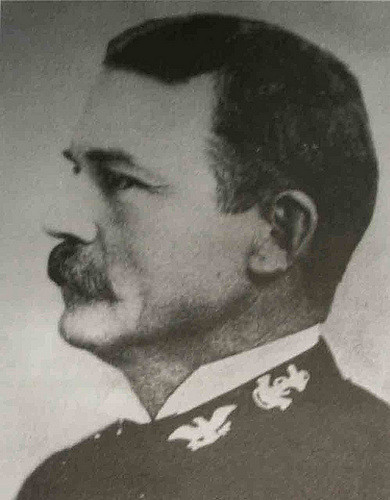 So Captain Henry Glass was ordered to take the cruiser USS Charleston and seize the little island. She was accompanied by three steamers filled with troops. If the Spanish were willing to defend Guam, Uncle Sam was ready to fight for it.
So Captain Henry Glass was ordered to take the cruiser USS Charleston and seize the little island. She was accompanied by three steamers filled with troops. If the Spanish were willing to defend Guam, Uncle Sam was ready to fight for it.
The little flotilla arrived on June 20. Glass left the transports at sea and boldly sailed into Guam’s major harbor. All he encountered was a harmless Japanese merchant ship. So the Charleston dropped anchor and fired 13 cannon blasts toward Fort Santa Cruz, a decaying relic from Spain’s glory days in the 17th Century. The fort didn’t fire a single shot back. The Americans thought that was odd.
So they sent a boat over to the Japanese ship to see what was going on.
Then something strange happened. While the boat was rowing toward the Japanese vessel, another boat bearing a Spanish flag was rowing toward the Charleston. The four men in it waved friendly gestures.
Glass and his officers were totally confused.
They dropped a rope ladder and the Spaniards came aboard.
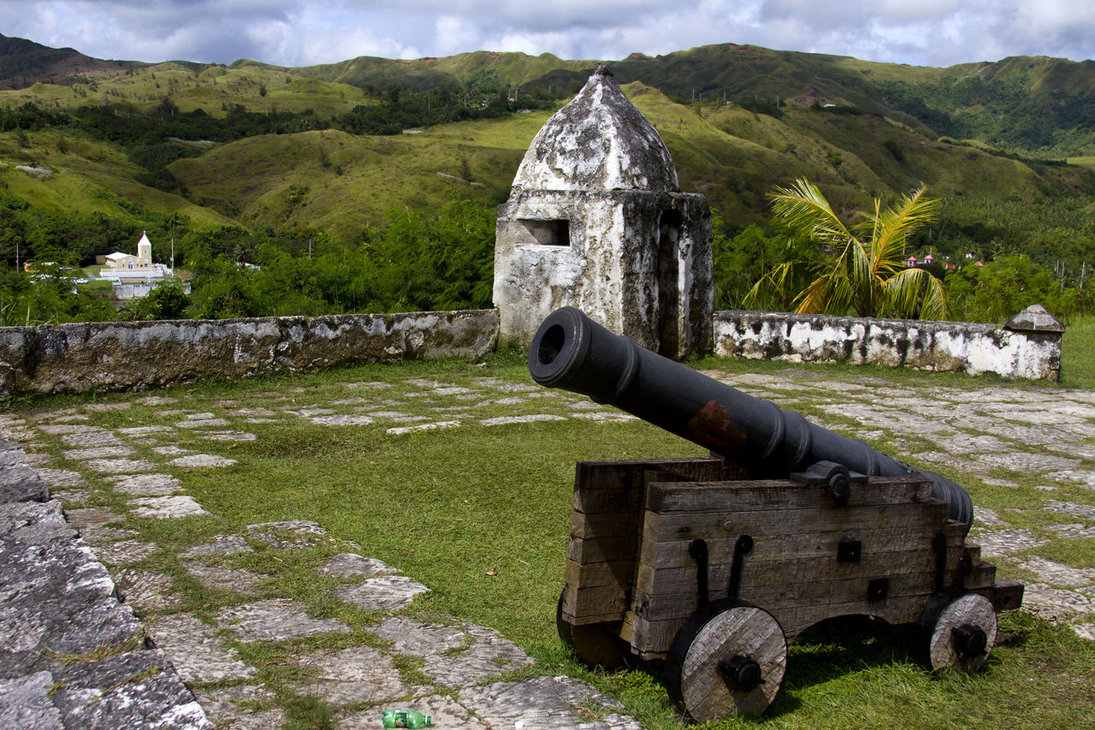 The port commander, its doctor and the two others smiled broadly. They were thrilled by the surprise visit, they said. They thanked the Americans for “saluting” the Spanish flag with the cannon fire. They sheepishly admitted they were out of gunpowder, but if the Americans would be so kind as to give them some they would happily fire a salute in return as military etiquette required.
The port commander, its doctor and the two others smiled broadly. They were thrilled by the surprise visit, they said. They thanked the Americans for “saluting” the Spanish flag with the cannon fire. They sheepishly admitted they were out of gunpowder, but if the Americans would be so kind as to give them some they would happily fire a salute in return as military etiquette required.
The Spaniards were stunned when Glass informed them they were prisoners of war. Now it was their turn to the confused. How could they be POWs when there was no war?
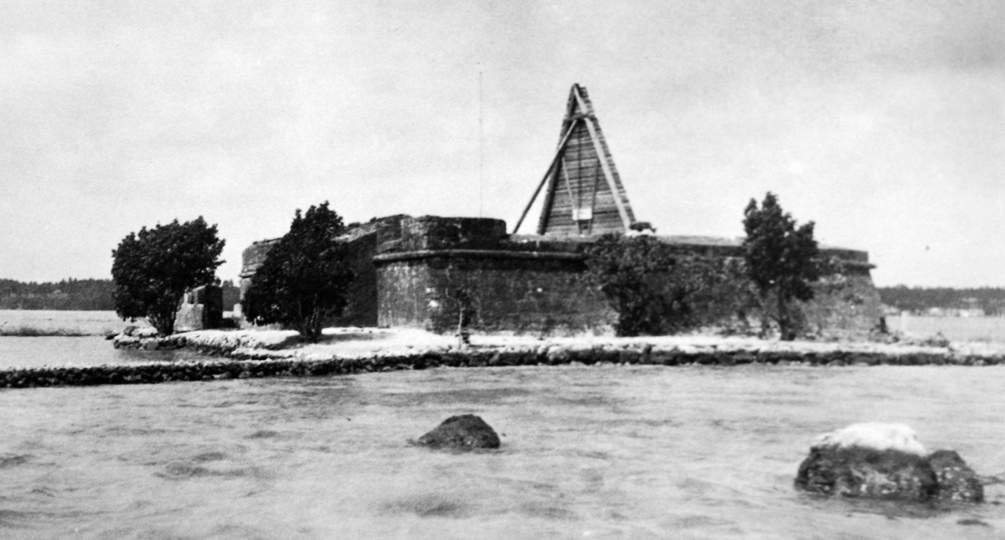 The war was real alright. But Madrid hadn’t bothered to inform Guam’s garrison about it. In the days before radio communication, all messages were delivered by ship. And the last time the Spaniards had heard from the mother country was April 14, seven days before war was declared.
The war was real alright. But Madrid hadn’t bothered to inform Guam’s garrison about it. In the days before radio communication, all messages were delivered by ship. And the last time the Spaniards had heard from the mother country was April 14, seven days before war was declared.
The Spanish weren’t in a position to resist. The garrison consisted of a ragtag collection of 69 men with four cannon that didn’t work. And even if the guns had been serviceable, they didn’t have the gunpowder to fire them.
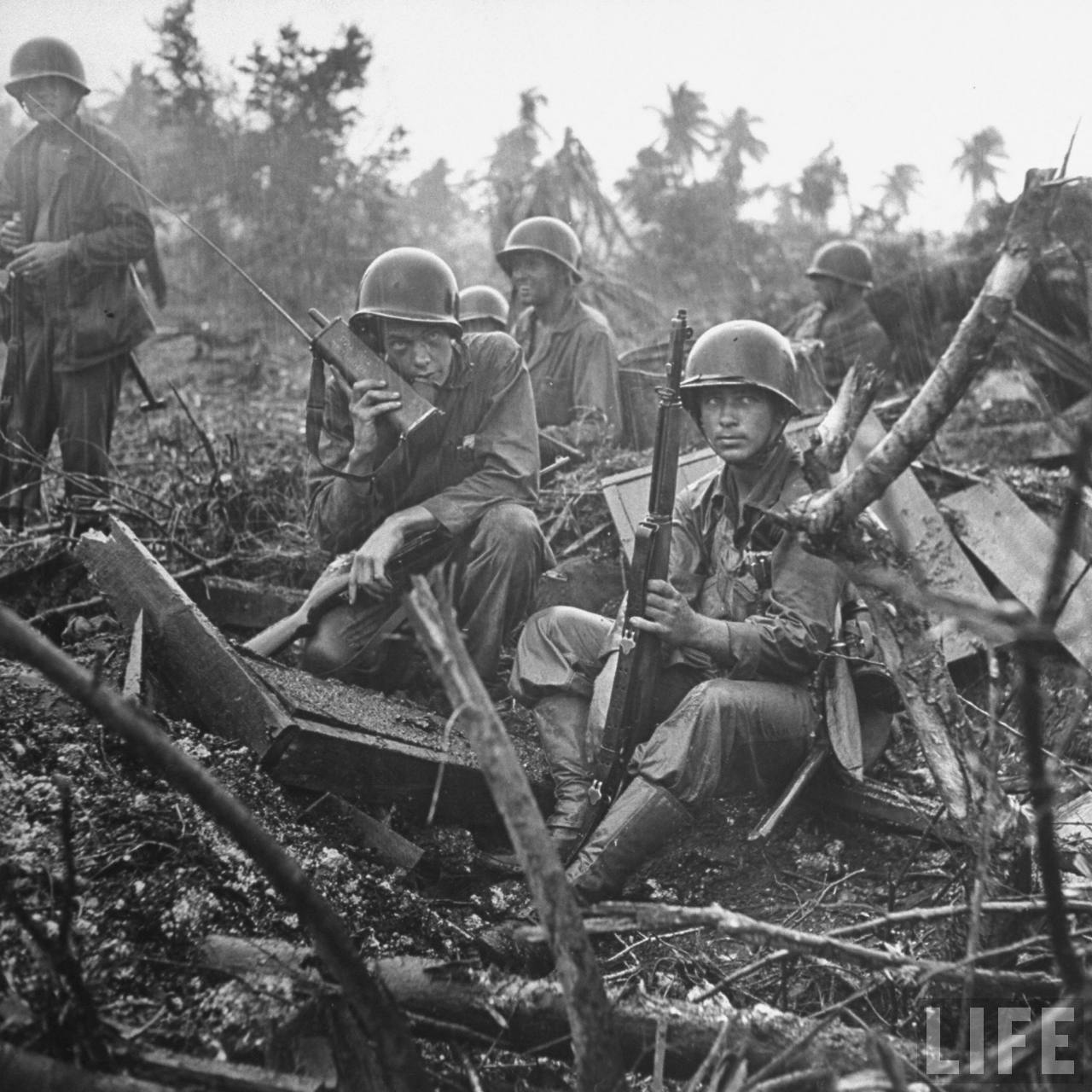 So Guam became an American territory – until December 7, 1941 when Japanese troops seized it hours following the attack on Pearl Harbor. The U. S. reclaimed the island after a bloody battle in the summer of 1944. Old Glory has flown there ever since.
So Guam became an American territory – until December 7, 1941 when Japanese troops seized it hours following the attack on Pearl Harbor. The U. S. reclaimed the island after a bloody battle in the summer of 1944. Old Glory has flown there ever since.
What exactly is the moral of this story, you ask? After searching high and low I only came up with this: when your country is at war, “failure to communicate” can carry disastrous consequences.
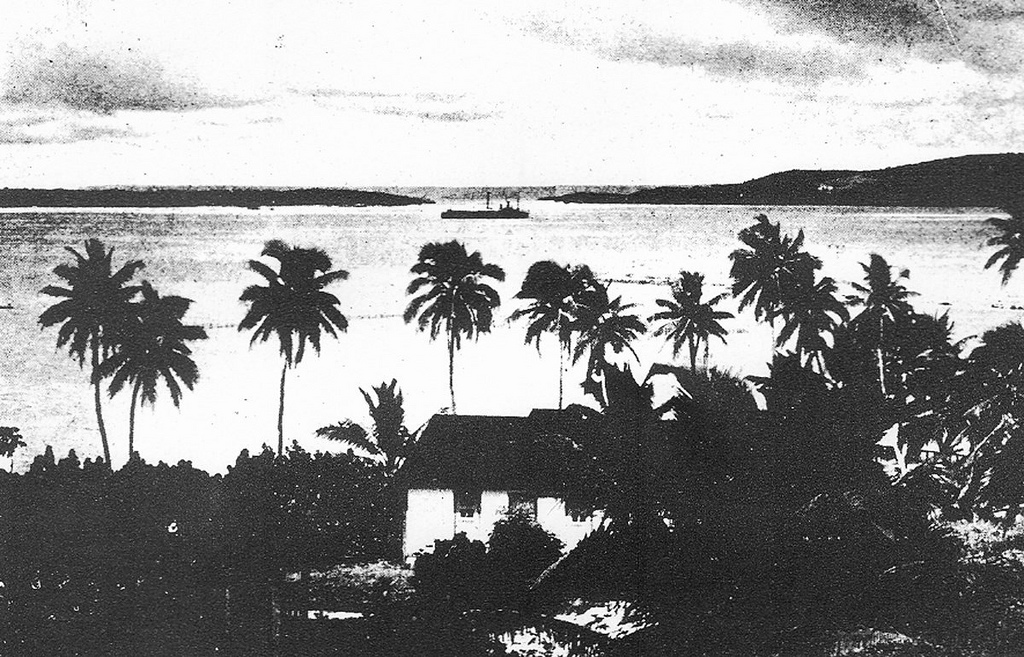 Oh, and make sure the gunpowder gets there, too.
Oh, and make sure the gunpowder gets there, too.
Did you find this enjoyable? Please continue to join me each week, and I invite you to read Tell it Like Tupper and share your review!
Curious about Tell It Like Tupper? Here’s a chance to see for yourself. Take a sneak peek at a couple chapters in this free downloadable excerpt.


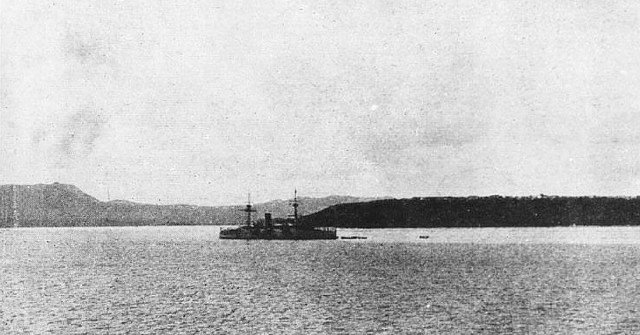
Pingback: April, Always April - J. Mark Powell